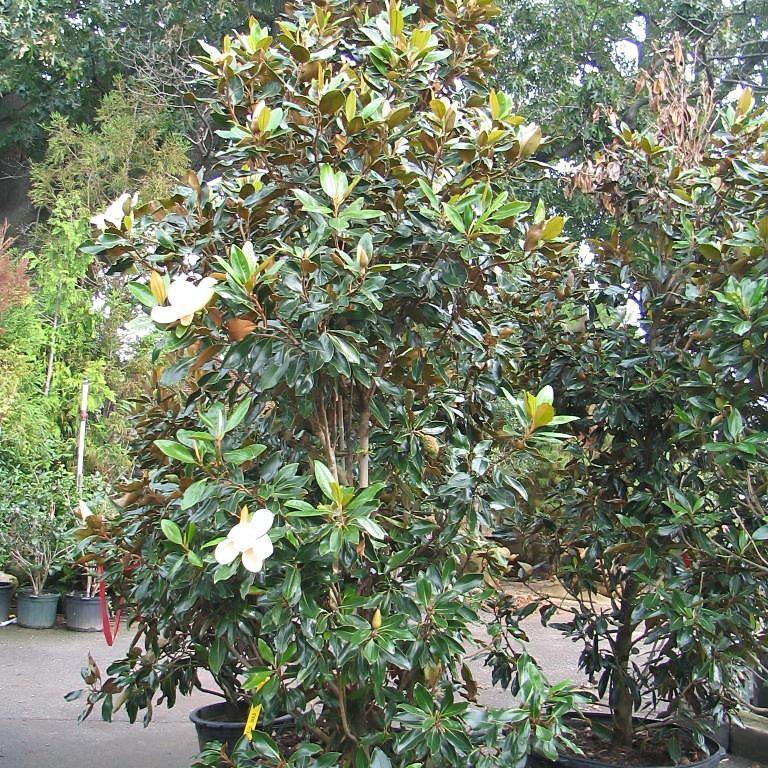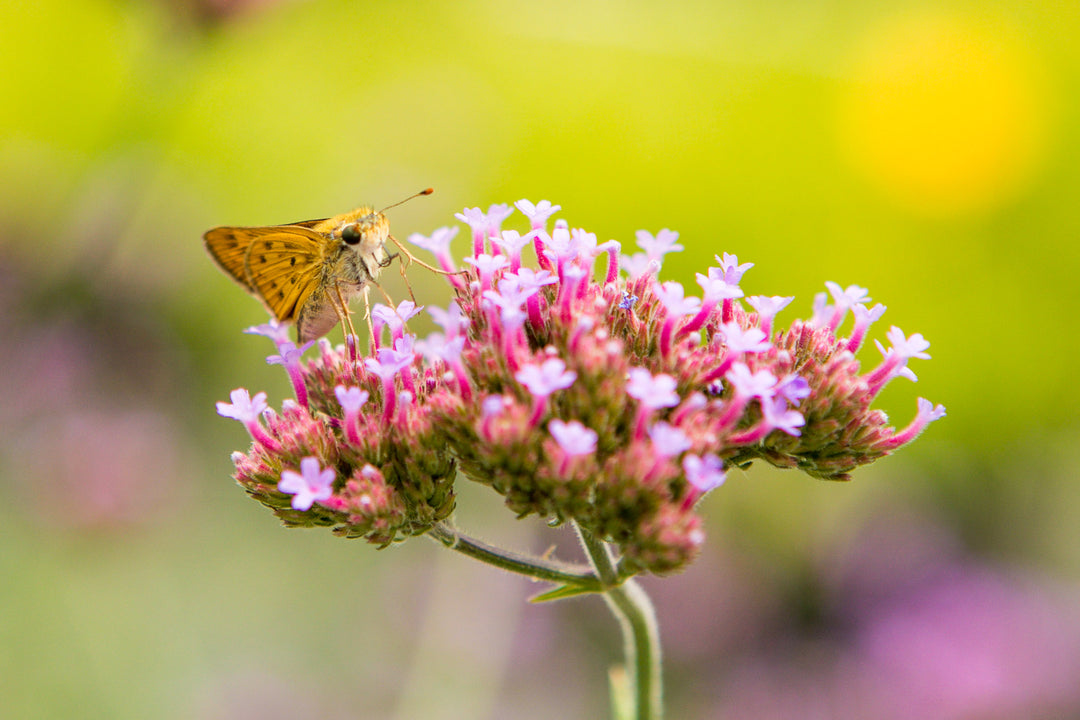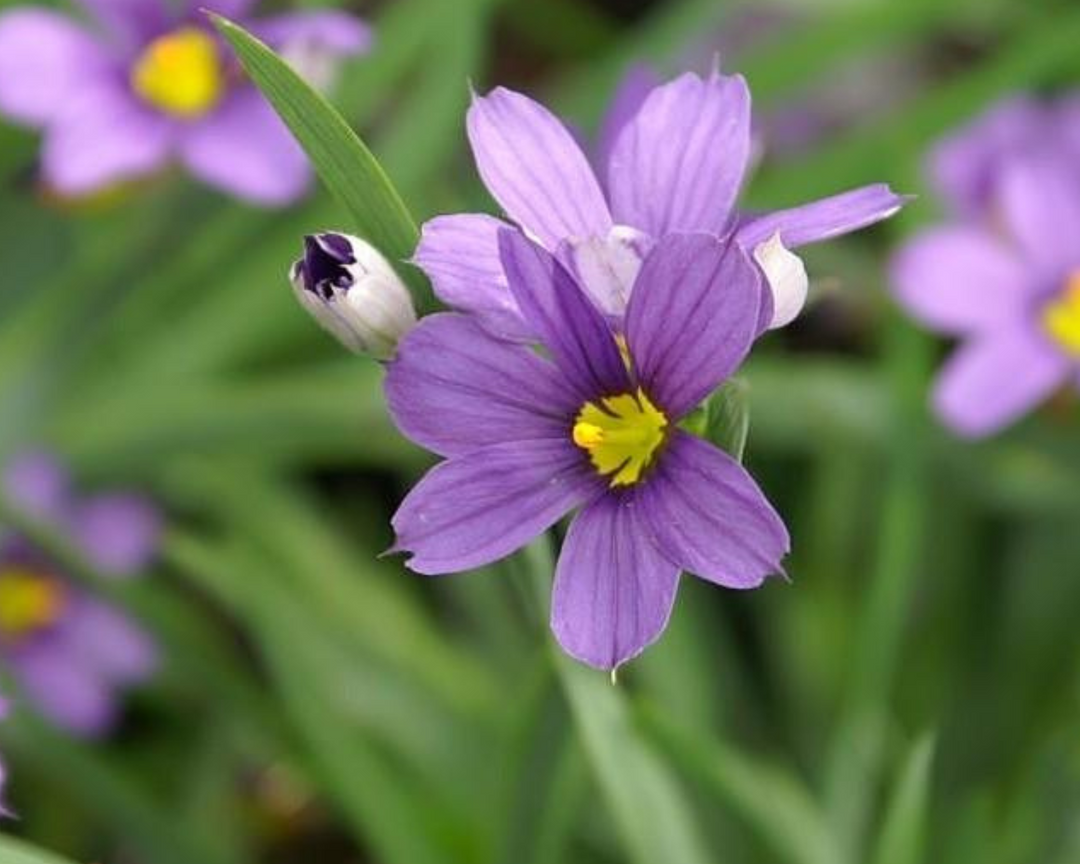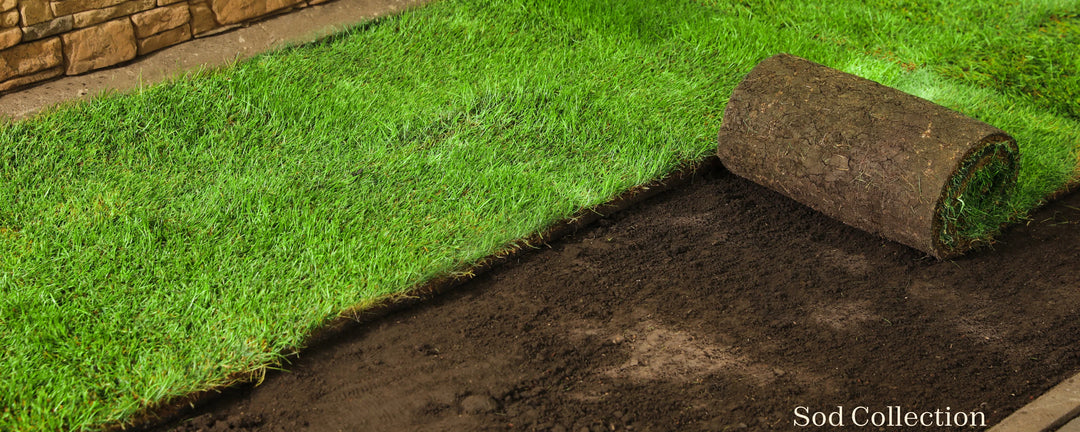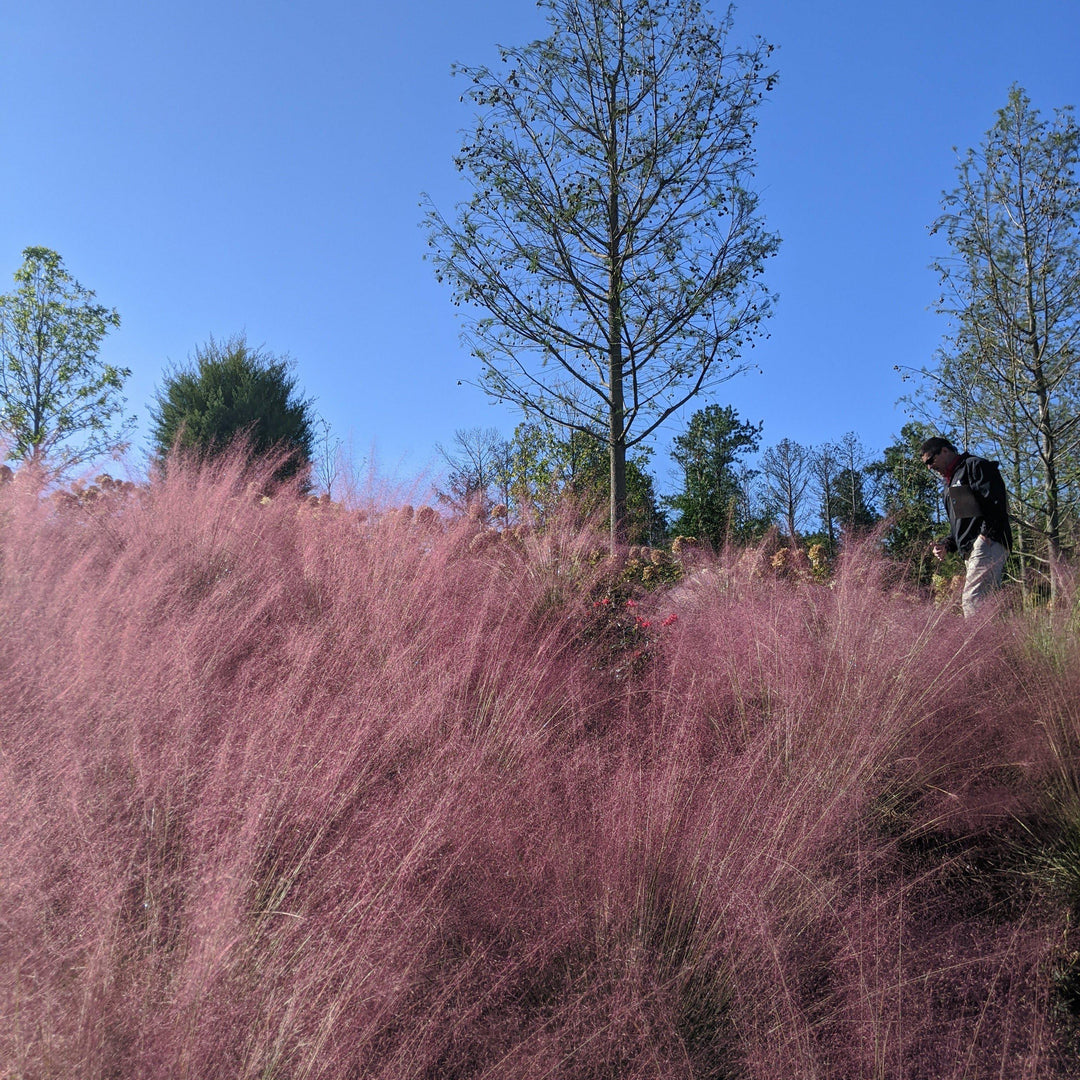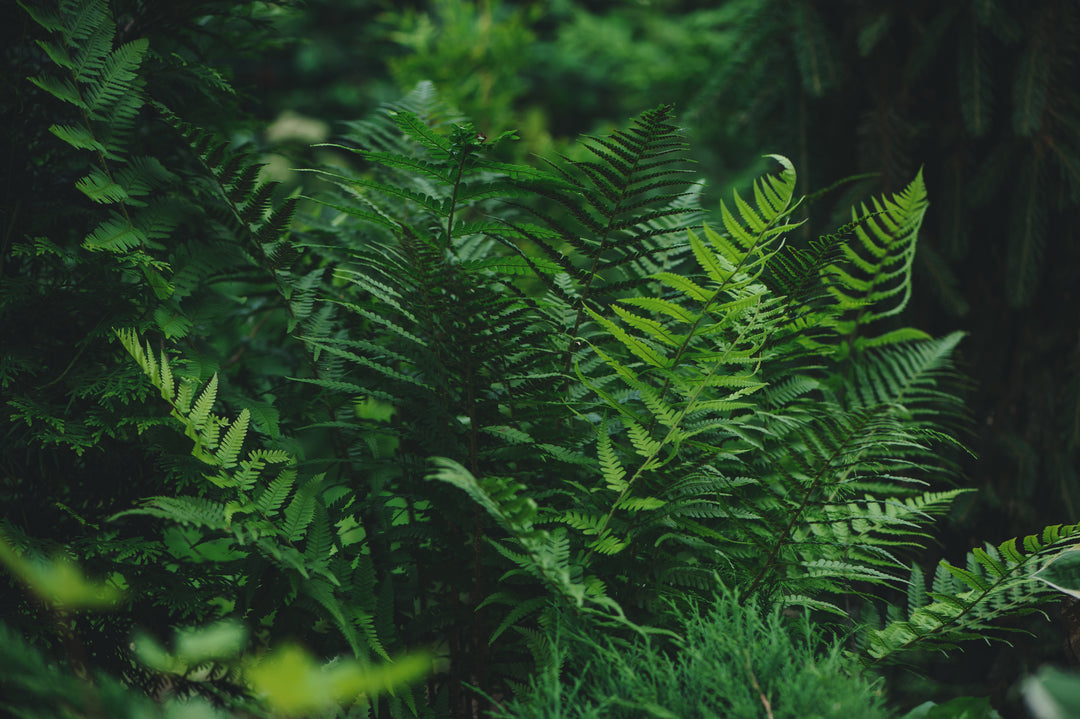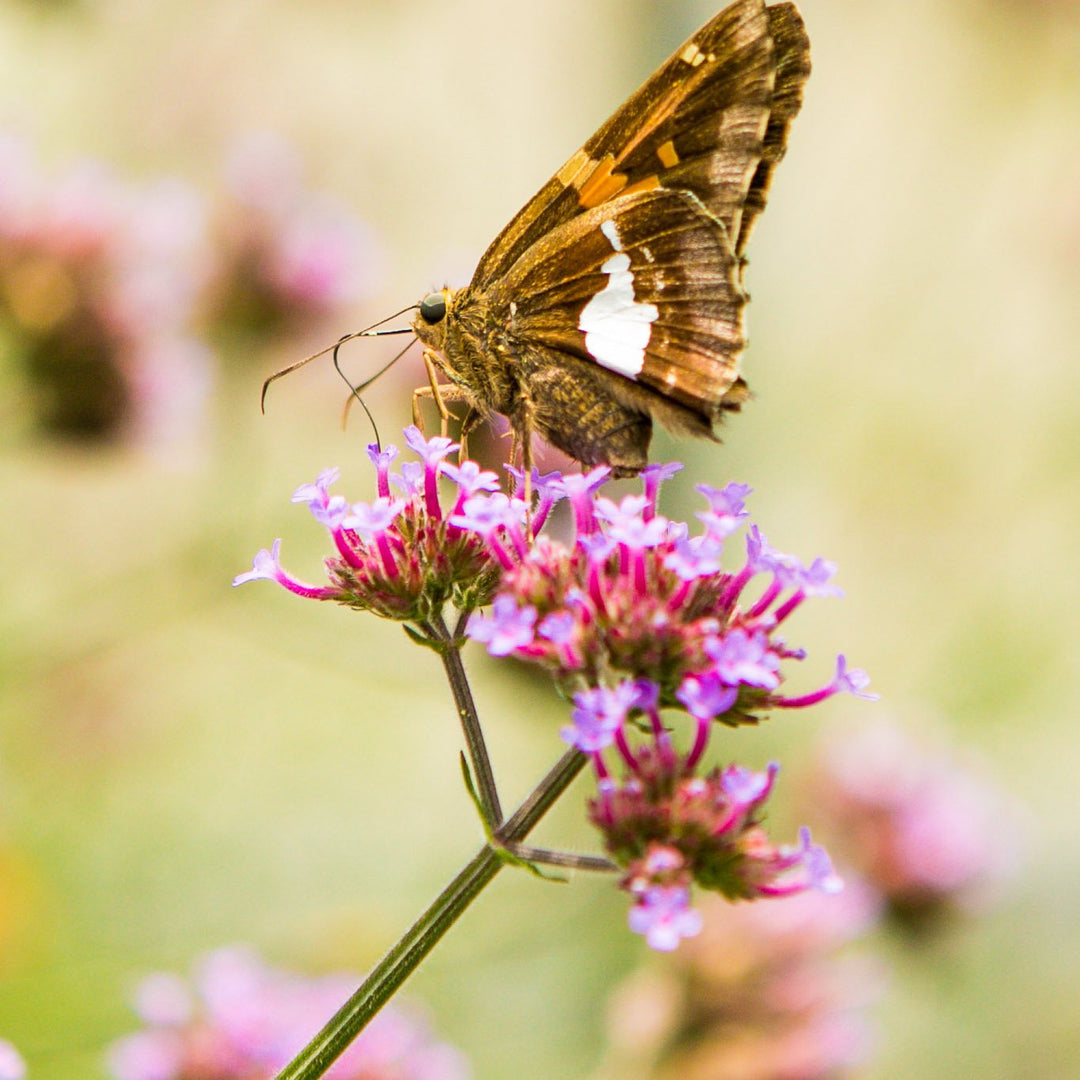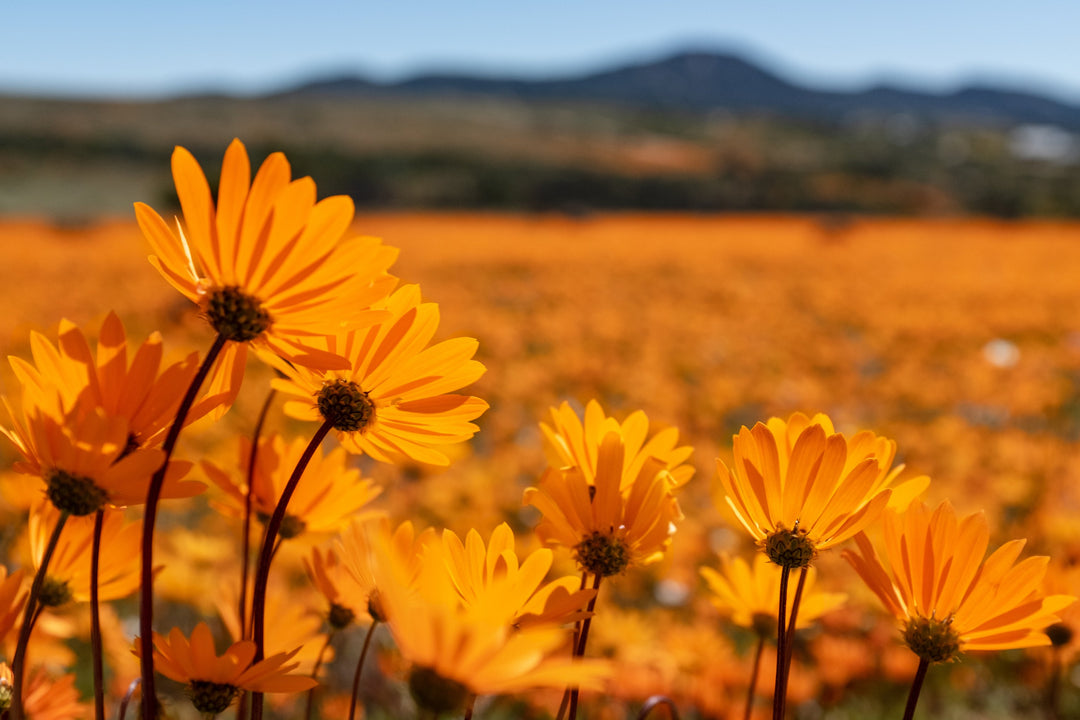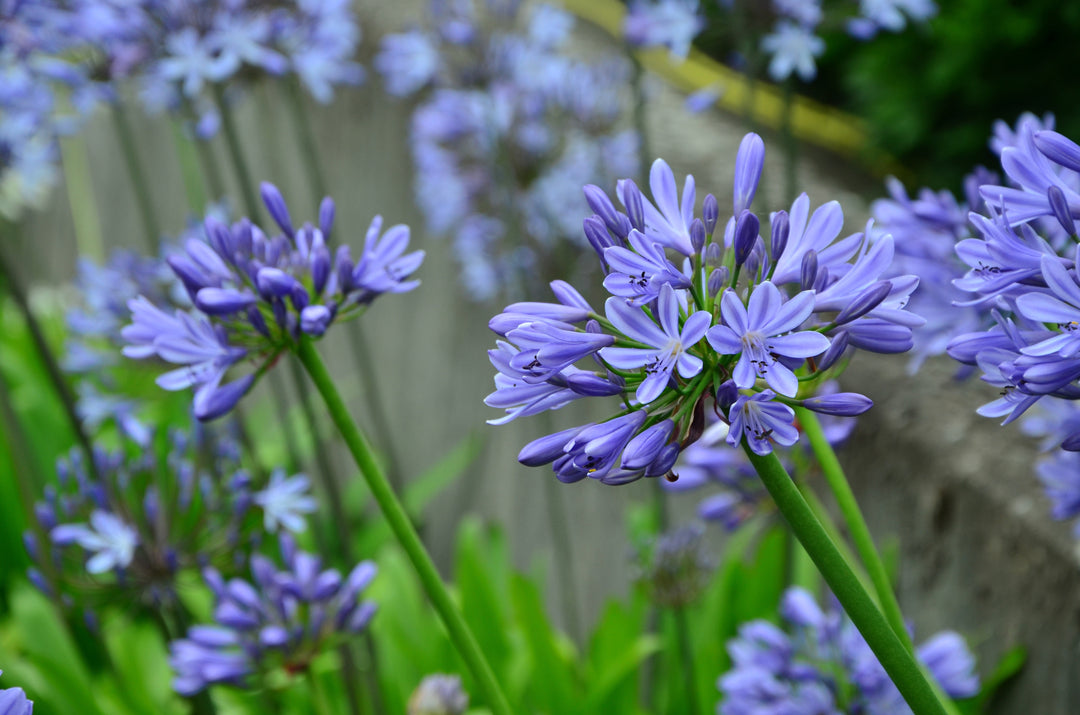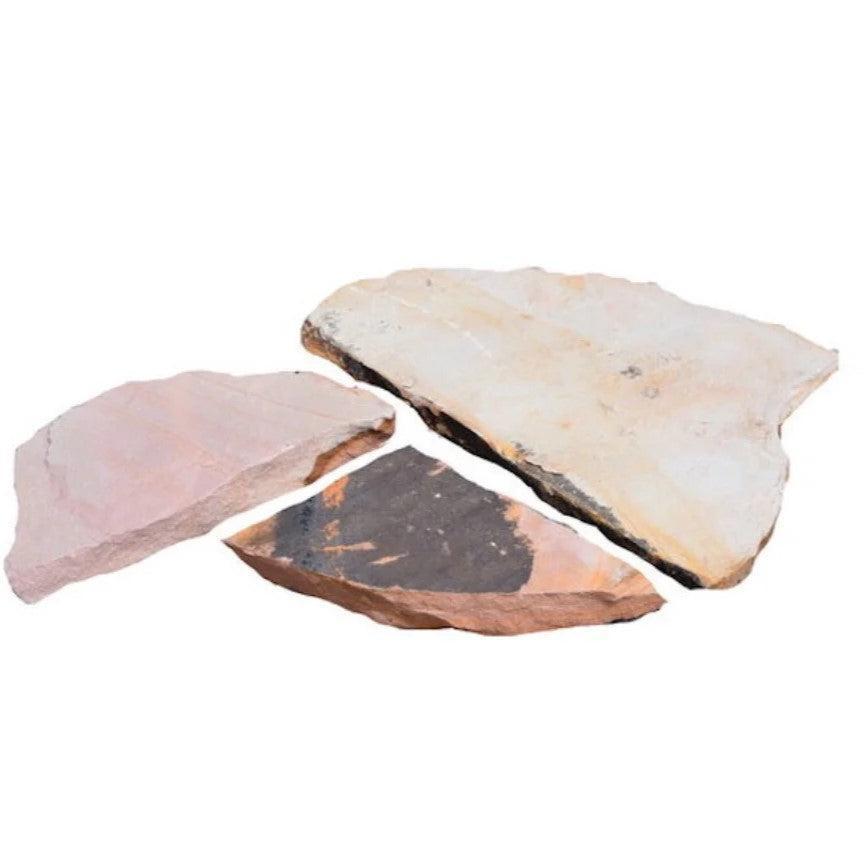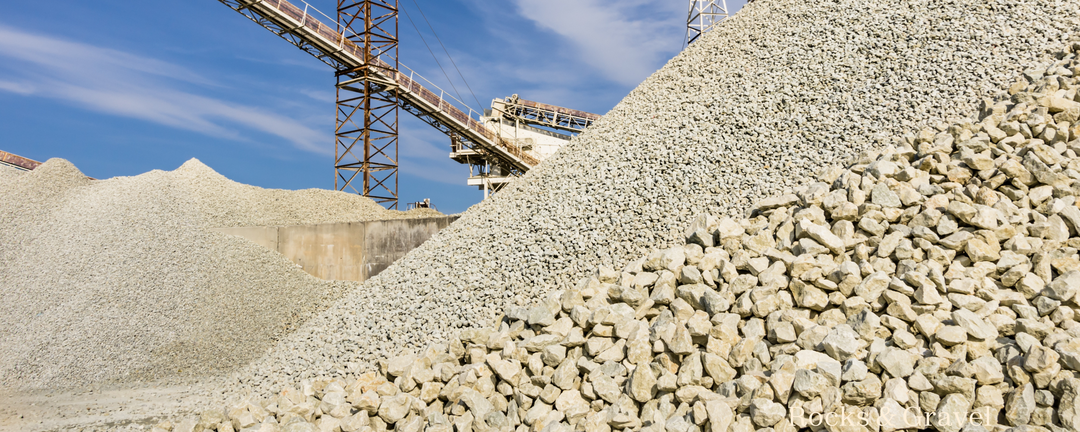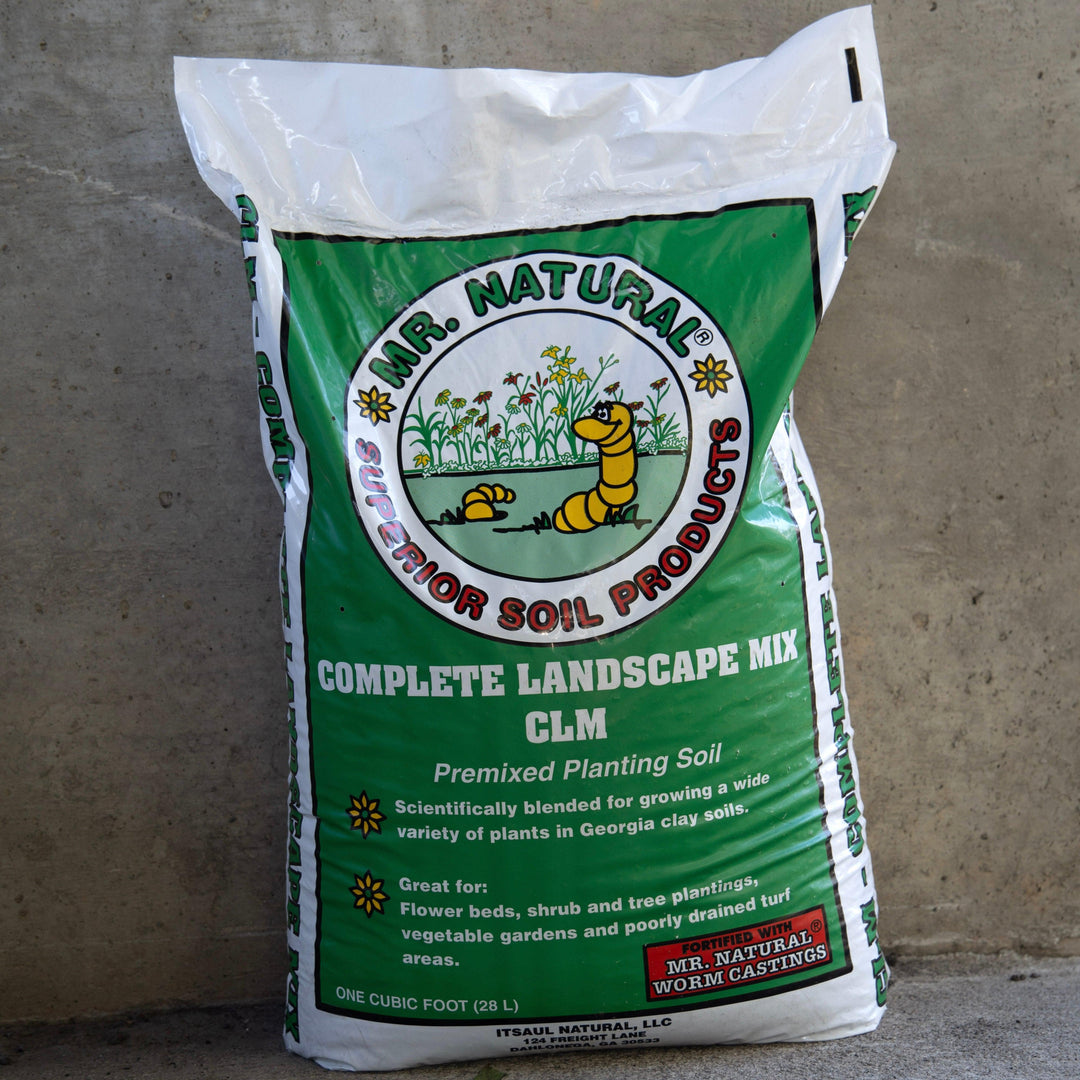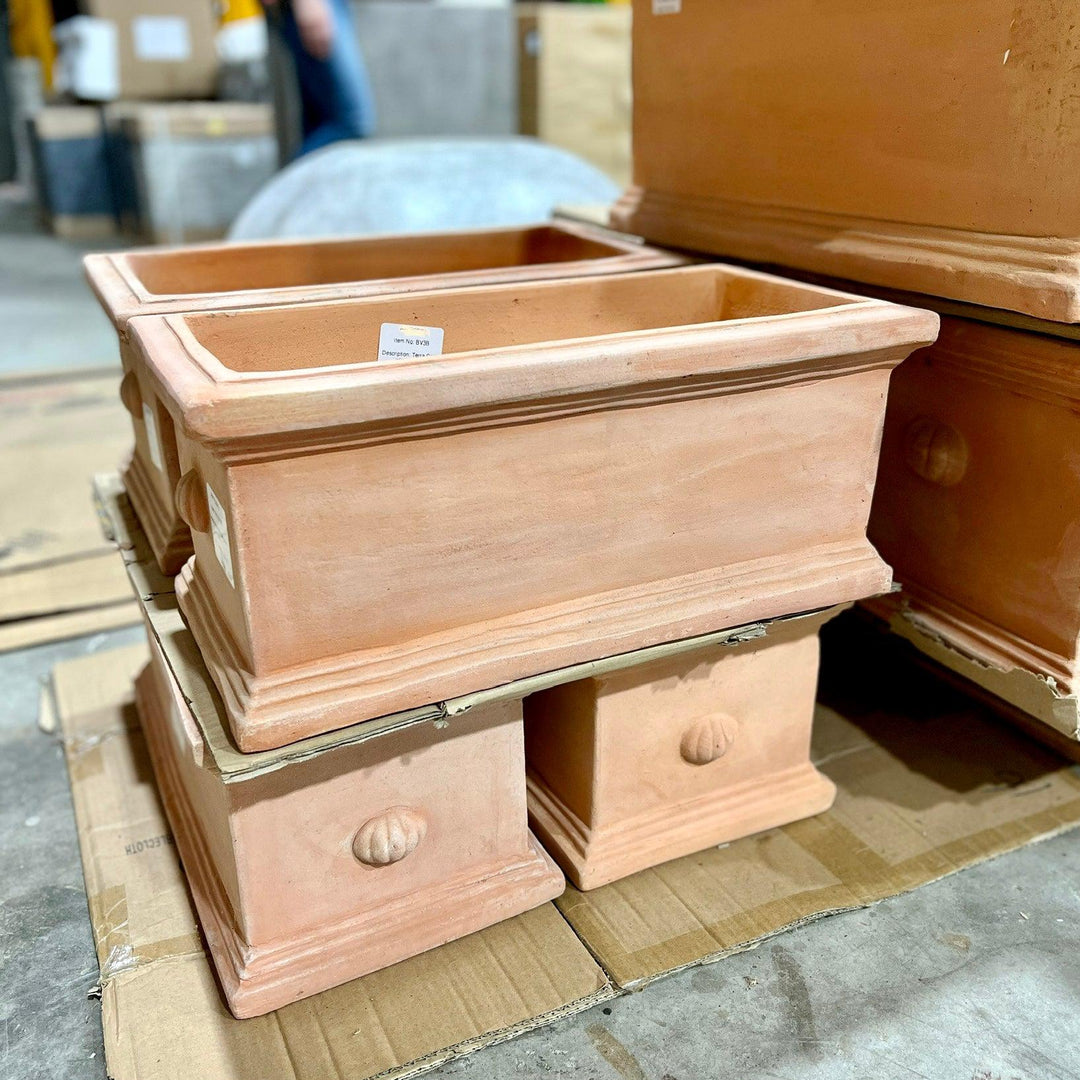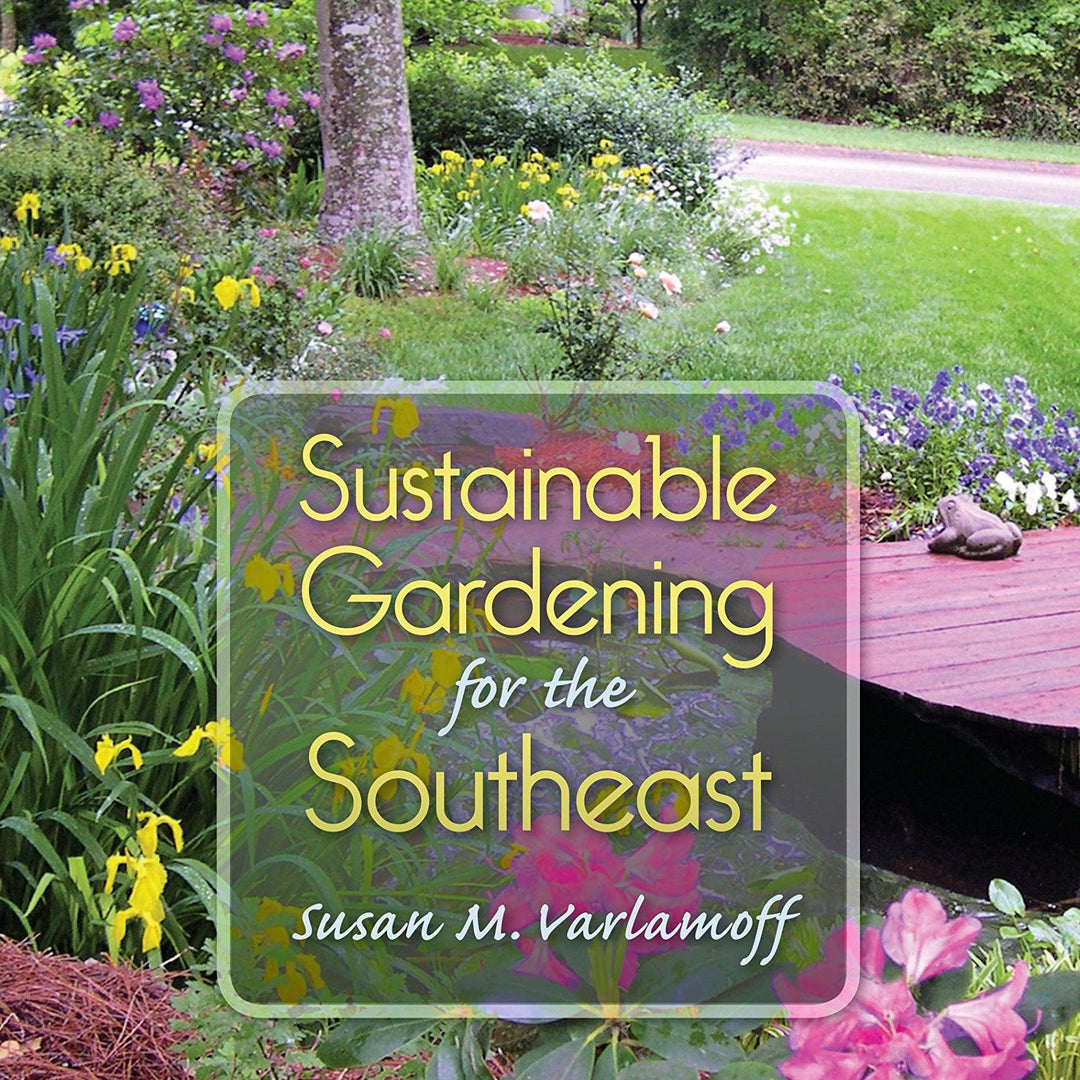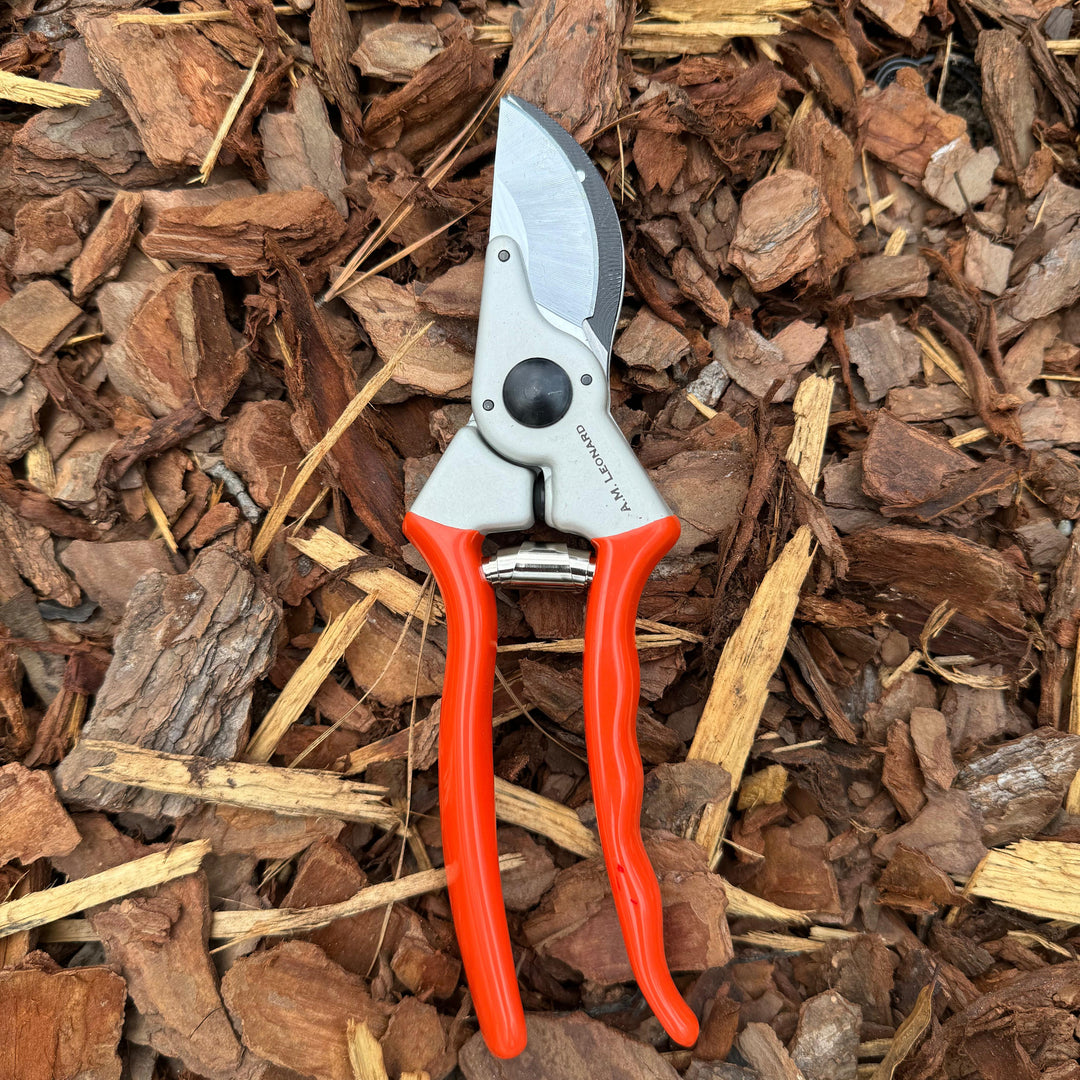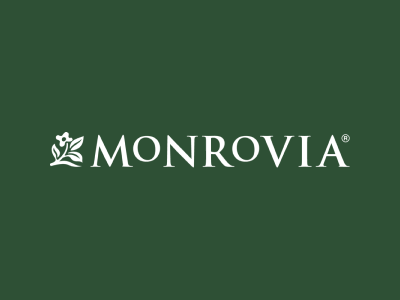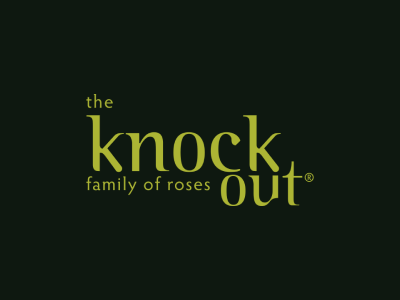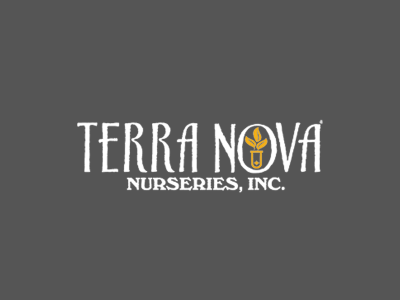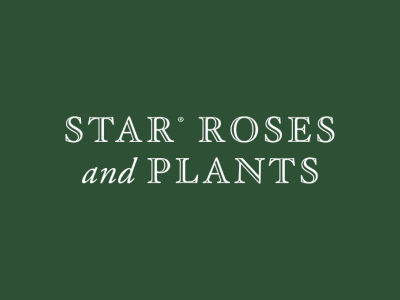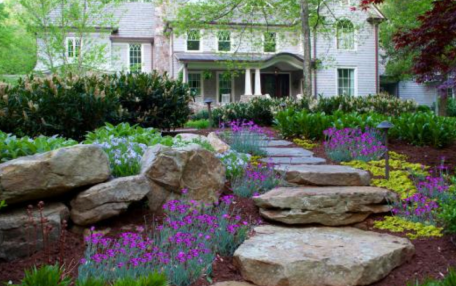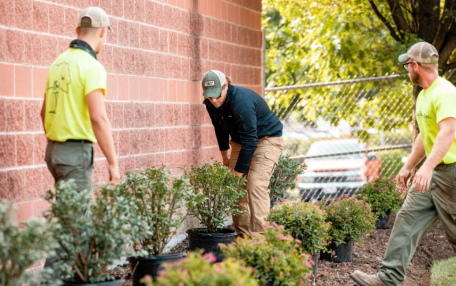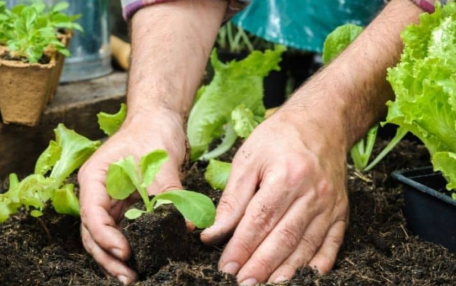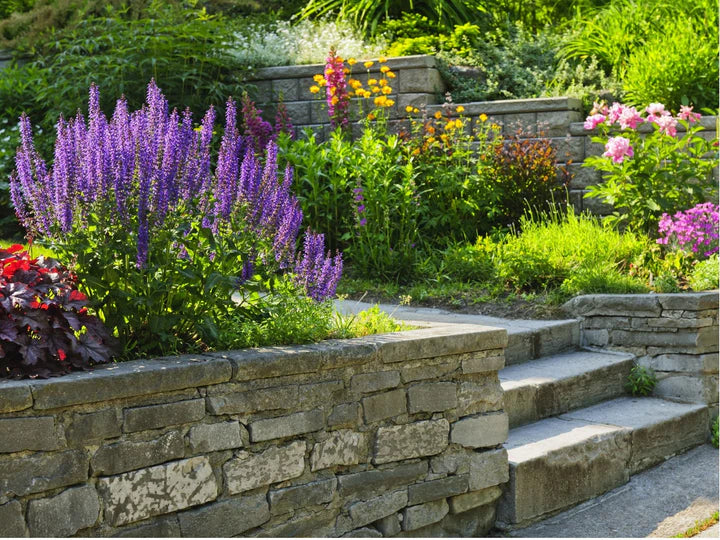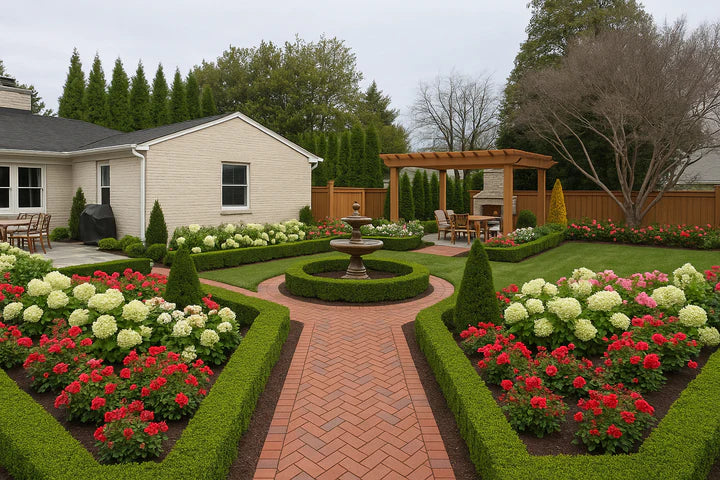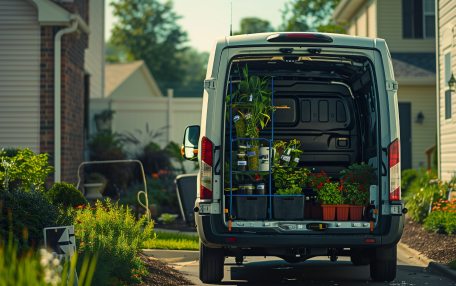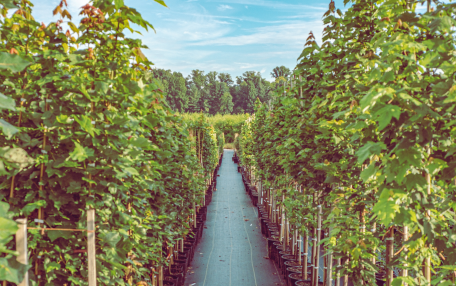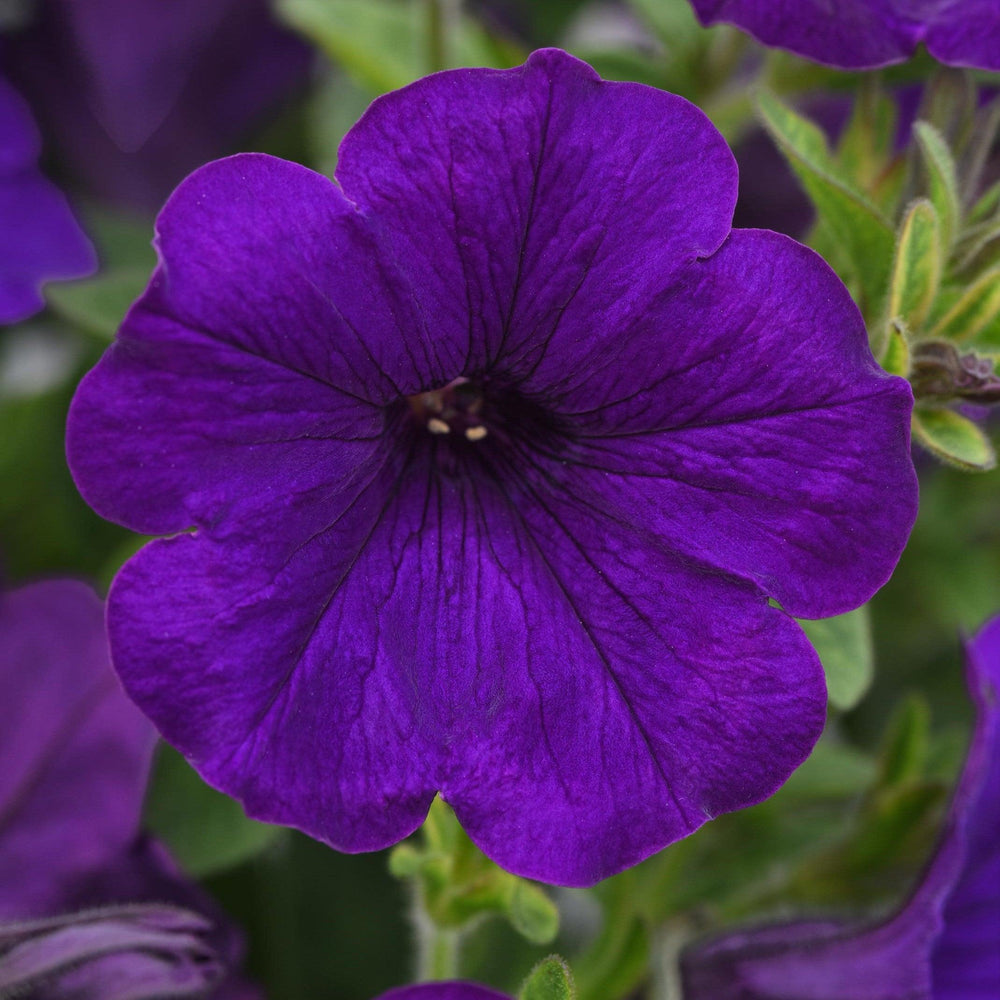Unraveling the Beauty of Rhododendrons
When it comes to adding vibrant color and elegance to your garden, few plants can rival the stunning presence of Rhododendrons. These magnificent shrubs are beloved for their lush green foliage and an array of eye-catching blooms. However, before you embark on your Rhododendron journey, it's essential to understand the difference between various species and cultivars available. In this comprehensive guide, we'll unravel the beauty of Rhododendrons, suggest popular cultivars, and help you choose the perfect blooms for your garden.

Common Species:
Rhododendron Catawbiense (Catawba Rhododendron): A medium to large plant that boasts lavender to purple flowers. Its broad, dark green leaves are native to the Eastern United States. An excellent choice for gardens seeking bold, late-spring color.
Rhododendron Maximum (Rosebay Rhododendron): A large plant known for its white to pale pink flowers. It has long, leathery green leaves and is native to the Eastern United States. This plant is best for naturalizing in woodlands or large landscapes.
Rhododendron Yakushimanum (Yak Rhododendron): A compact to medium-sized plant. It blooms in various colors, often with a red flare, and has compact, dark green leaves with a fuzzy texture. This plant is best suited for small gardens or rock gardens.
Rhododendron Japonicum (Japanese Rhododendron): A medium-sized plant that blooms pink, lavender, or purple flowers. It has medium-sized, dark green leaves and is best for creating a classic Rhododendron look.
Rhododendron indica (Southern Indica Azaleas): A medium to large shrub with large, showy flowers in shades of pink, white, and purple. It has small to medium-sized evergreen leaves. These plants are best for adding vibrant, large flowers to the landscape.
Rhododendron canescens (Piedmont Azalea): A small to medium-sized shrub that blooms fragrant pink to lavender flowers. It is deciduous, and is native to the southeastern United States. This plant is best for woodland gardens and attracting wildlife.
Rhododendron calendulaceum (Flame Azalea): A medium to large shrub that blooms striking, fiery orange to red flowers. It is deciduous and native to the Appalachian Mountains. This plant is best for woodland gardens and adding vibrant color to landscapes.
Rhododendron austrinum (Florida Flame Azalea): A medium-sized shrub that blooms bright golden-yellow to orange flowers. It is deciduous and native to the southeastern United States. This plant is best for woodland gardens and naturalized landscapes.

Popular Cultivars:
- Rhododendron indica 'Formosa': Known for its large, magenta-purple blossoms, 'Formosa' creates a captivating display with its glossy, dark green leaves in late spring to early summer.
- Rhododendron 'Gibraltar': This cultivar features fiery orange-red flowers that create a stunning contrast with its dark green foliage, reminiscent of a vibrant sunset.
- Rhododendron 'Nova Zembla': Prized for its brilliant red flowers, 'Nova Zembla' is a classic cultivar with large, trumpet-shaped blooms and abundant dark green leaves.
- Rhododendron 'P.J.M: A cultivar with lavender-pink flowers contrasted by dark leaves that earn a mahogany winter color. 'P.J.M.' is perfect for small gardens, borders, or containers, offering early-season color and versatility.
- Rhododendron 'Hino Crimson': Admired for its bright crimson-red flowers, 'Hino Crimson' heralds the arrival of the growing season with its compact growth and lush green leaves and has a showy display of bronze and maroon leaves in fall.
- Rhododendron 'English Roseum': A timeless cultivar with pure white flowers, often with a hint of pink blush, 'English Roseum' is a favorite for classic garden designs, its dark green leaves providing a beautiful backdrop.
Each of these cultivars offers unique colors and characteristics to suit various garden preferences. Whether you seek vibrant purples, elegant whites, or striking reds, you'll find a Rhododendron cultivar to elevate your garden's charm. Explore ServeScape's collection to bring the beauty of Rhododendrons to your outdoor oasis.

Basic Care Guide for Rhododendron:
Rhododendrons are prized for their vibrant blooms and evergreen foliage, making them a popular choice for gardens. Here is a basic care guide to help you maintain healthy and beautiful Rhododendrons in your landscape:
- Location: Rhododendrons thrive in dappled or filtered sunlight. Plant them in a spot with morning sun and afternoon shade to protect them from harsh midday sun. In hotter regions, more shade is often needed.
- Soil: Rhododendrons prefer well-draining, acidic soil with a pH between 4.5 and 6.0. You can amend your soil with organic matter like peat moss or compost to maintain acidity.
- Planting: When planting, dig a hole as deep as the root ball and twice as wide. Make sure the top of the root ball is slightly above the soil surface. Rhododendrons have shallow roots, so avoid planting too deeply.
- Mulching: Apply a 2- to 3-inch layer of organic mulch, such as pine straw or bark chips, around the base of the plant. Mulch helps retain moisture and regulate soil temperature.
- Watering: Keep the soil consistently moist, but not waterlogged. Rhododendrons are sensitive to both drought and overwatering. Water deeply when the top inch of soil feels dry, and ensure the plant receives about 1 inch of water per week.
- Pruning: Prune your Rhododendron after it finishes flowering in late spring or early summer. Remove spent blooms and prune for shape and size. Avoid heavy pruning, as Rhododendrons bloom on old wood.
- Fertilization: Fertilize your Rhododendron in early spring, before new growth begins. Use a slow-release, acid-forming rhododendron or azalea fertilizer. Follow package instructions to avoid over-fertilization.
- Winter Protection: In colder climates, provide protection from harsh winter winds and heavy snow by constructing windbreaks and gently shaking snow off the branches.
- Pest and Disease Control: Keep an eye out for common pests such as aphids and lace bugs, and treat them with insecticidal soap or neem oil as needed. To prevent diseases like root rot, ensure proper drainage and avoid overhead watering.
- Container Care: If you're growing Rhododendrons in containers, ensure the pots have good drainage, and use a potting mix specifically formulated for acid-loving plants.

By following these care guidelines, you can enjoy the beauty of Rhododendrons and keep your plants thriving in your garden. Adjust your care routine as needed based on your specific Rhododendron species and local climate conditions.

